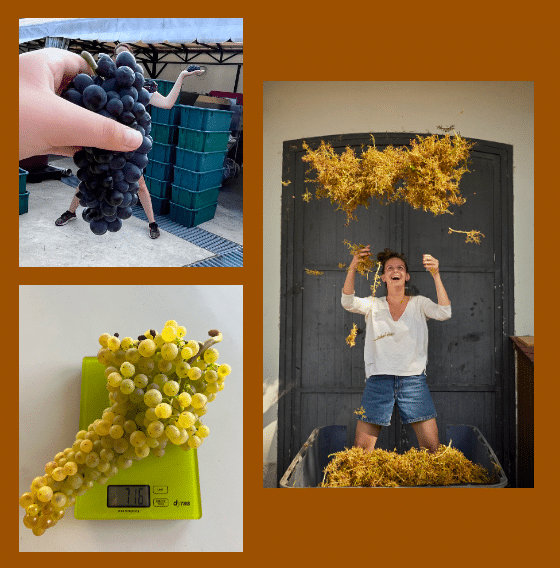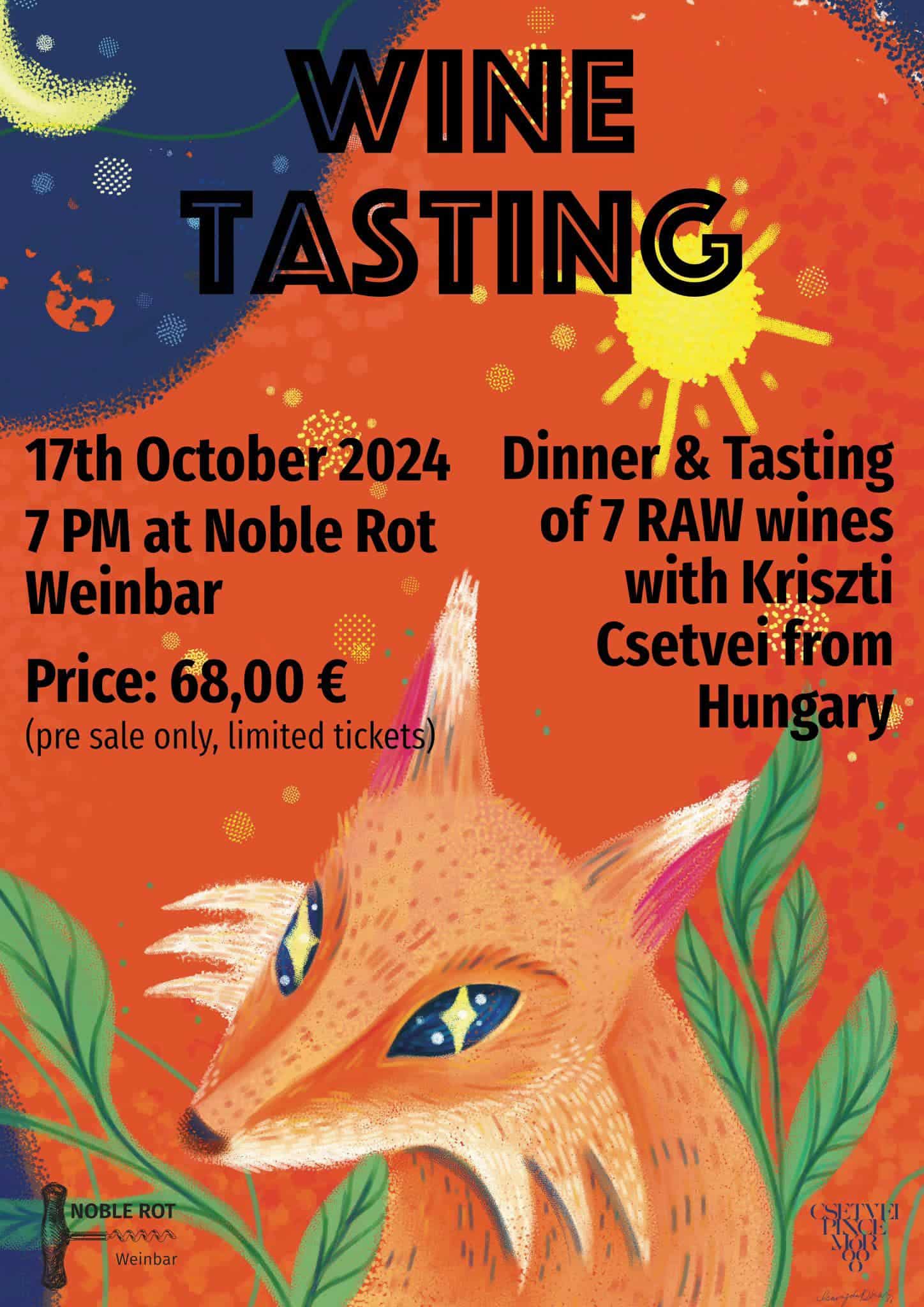Pinot Grigio – does it originate from Hungary? 3 wine tips
Most of Hungarian wine drinkers consider Szürkebarát a native Hungarian wine, and as wine education made its effect, it arrived as a shock that Szürkebarát is in fact a trendy grape all over the word, Pinor Grigio in Italian and Pinot Gris in French. Even the film star Drew Barrymore chose Pinot Grigio to be the varietal of her brand made in the north of Italy. Szürkebarát – as it is called in Hungary – literarary means ’grey monk’, and it refers to its legend of origin. It used to be among the top 5 grape varieties before the ’90s. By now it has lost some of its popularity, because other international grape varieties, like Chardonnay and Sauvignon Blanc took the floor, but still there are more than 1500 hectars, mostly in Mátra wine regionand around lake Balaton.
Is the legend of monks true?
As the book Wine Grape says, no:
“Legend has it that in 1375 the emperor Charles IV brought Pinot Gris from France to Hungary, where Cistercian monks planted it on the Badacsony hills near Lake Balaton. This early introduction supposedly explains why Pinot Gris in Hungary is called Szürkebarát, meaning ‘grey monk’. In 1568, the theory continues, Pinot Gris was brought back from Hungary to Kientzheim in the French region of Alsace by Lazarus von Schwendi (Graff-Höfgen 2007), a general who took possession of the Hungarian city of Tokay in the reign of Charles-Quint and who owned a castle in Kientzheim, north west of Colmar. This also supposedly explains why Pinot Gris is called Tokay in Alsace, a synonym first cited in 1750 in a manuscript at Domaine Weinbach in Alsace (Krämer 2006). However, there is no historical evidence to document these hypotheses, and it is more likely that Pinot Gris, often used to make sweet wines in Alsace, was intentionally given the name Tokay to benefit from the fame already achieved throughout Europe by the Tokaji wines from Hungary, which were and still are mainly made from Furmint and Hárslevelű, two local varieties that are unrelated to Pinot Gris.” So we do not know whether Pinot Gris spread from Hungary, but nevertheless we like it a lot.
How we make Szürkebarát
Just like all over the world, also in Hungary you will find pinkish and white wines made of the variety. Since the berry has a pink colour, longer maceration can result a pale pink wine. It is worth reducing yield, because it can give full bodied, aromatic, rich wines. The acidity is medium or even lower. It likes volcanic soil and tends to be rich, oily with a nose like perfume. It often has some residual sugar.
Three wonderful examples of Szürkebarát from Hungary
’SZ’ Csetvei Szürkebarát, 2015
Bright, golden colour. On the nose an exciting mixture of freshly sliced fruits (peach, grapefruit, pineapple, pear) and spiciness. Complex, luscious on the palate. Full bodied wine with very long, juicy finish. More information about Csetvei Szürkebarát:
Szent György-hegyi Szürkebarát, 2015, Szászi Winery
A full bodied, rich wine from the volcanic soil of Szent György hill, Badacsony wine region, made from organically cultivated grape. More information about Szászi Winery
Tornai Szürkebarát, Somló, 2013
Ripe, pronounced varietal character on the nose, showing fine fruit, followed by spicy and floral character. Compact, complex wine, with a mix of ripe apricot, fig and almond in an exciting combination, accompanied by a creamy finish. The aftertaste recalls notes of oak ageing as well. An international variety, which appreciates Somló, produces year after year steady, balanced quality. Well-suited to oak ageing, as this prime example shows as well.
More about Tornai winery
Comments ( 7 )
-
Trackback: Slot Joker เกมใหม่ โบนัสแตกโหด
-
Trackback: chat room
-
Trackback: darkmattermarketwiki.com
-
Trackback: ใบพัดมอเตอร์
-
Trackback: อินเตอร์เน็ตบ้านทรู
-
Trackback: กติกาผู้เล่นเก้าเก เล่นยังไง
Comments are closed.







Trackback: shower room bangkok